Beschreibung
Fogg Dam is a hotspot for wildlife watching and offers walking trails and boardwalks that provide close-up views of the wetlands, which are full of various species of birds, reptiles, and mammals.
The wetlands attract large flocks of Magpie Goose, egrets, and jacanas. All year round you would spot species such as Rainbow Pitta, a variety of kingfishers, Rainbow Bee-eater, finches and many waders. Birds you can observe include White-bellied Sea-Eagle, Black-necked Stork, Rose-crowned Fruit-Dove, White-browed Crake, Azure Kingfisher, Golden-headed Cisticola, Brolga and Nankeen Night-Heron.
Details
Zugang
Fogg Dam Conservation Reserve is located about 70 km southeast of Darwin. From Darwin, take the Stuart Highway south towards Humpty Doo. Turn left onto Arnhem Highway and continue for about 40 km. Look for the well-marked signs to Fogg Dam. There is ample parking, there are toilets and there is a turn around area suitable for buses and cars with caravans. Press P on the map for directions to the parking.
There are several walks through monsoon and floodplain habitats. Walking along the dam wall is not recommended because of crocodiles. But you can drive over the dam to the viewpoint.
Terrain und Habitat
Wald , FeuchtgebietBedingungen
Flach , Offene LandschaftRundweg
JaIst ein Spektiv nützlich?
Möglicherweise hilfreichGute Beobachtungszeit
GanzjährigBeste Beobachtungszeit
WinterRoute
asphaltierte Straße , unbefestigte StraßeSchwierigkeitsgrad der Tour
EinfachErreichbarkeit
zu Fuß , AutoBeobachtungshütten oder -türme
JaZusätzliche Informationen
During the wet season the water flows across the dam wall and this attracts hundreds of birds that hunt for fish that get caught up in the running water.
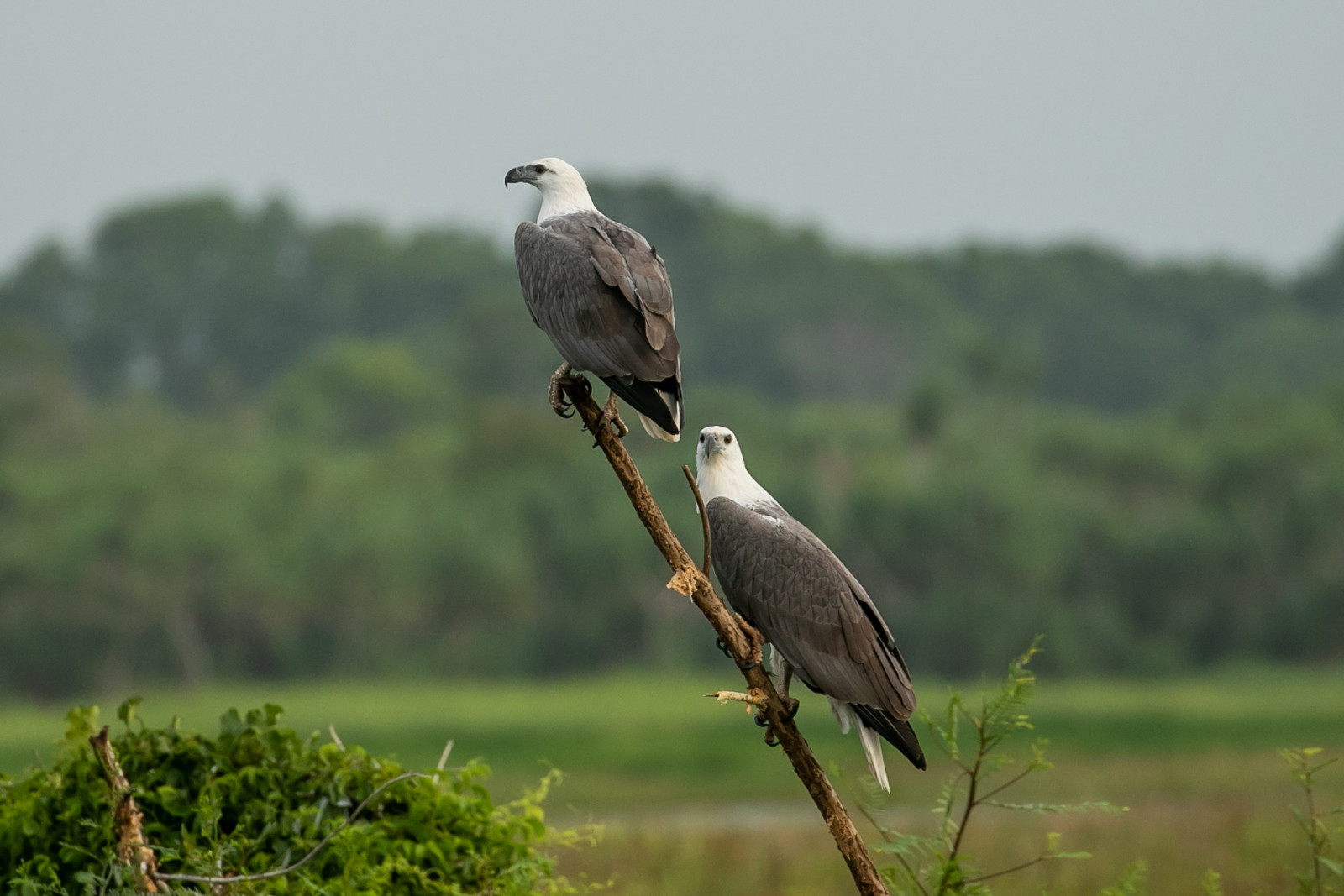
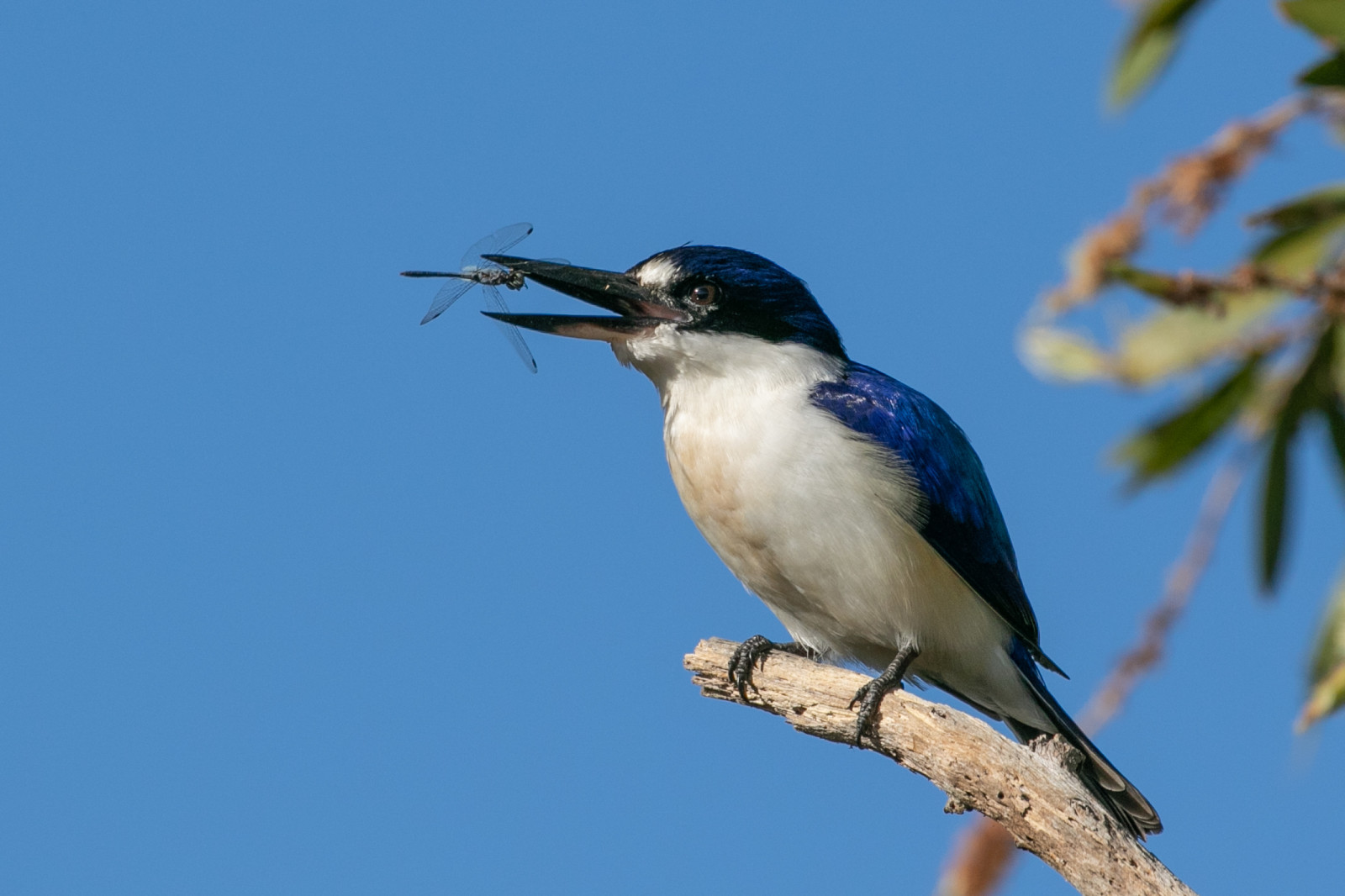
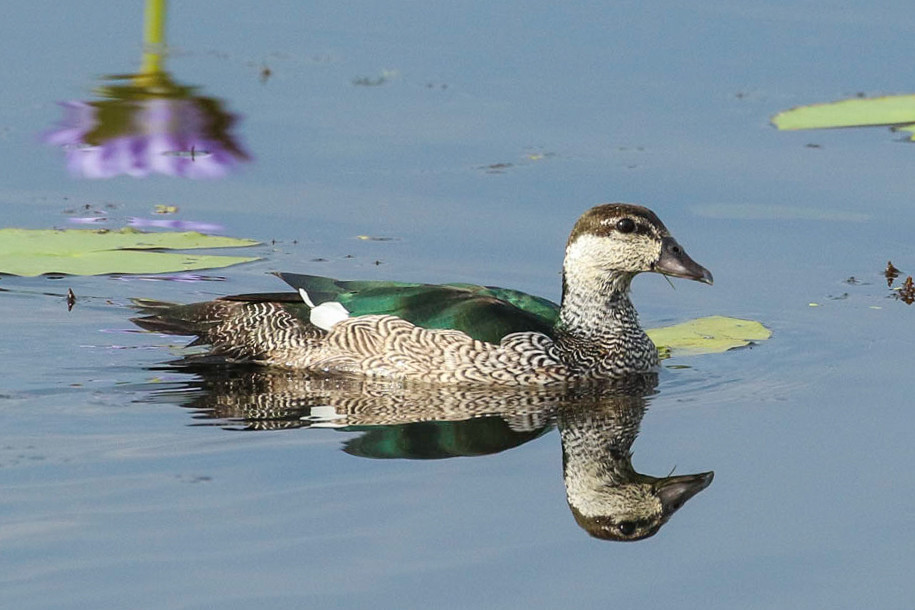
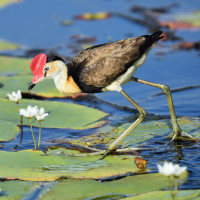
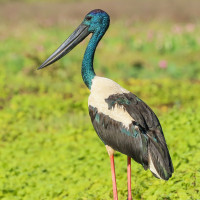
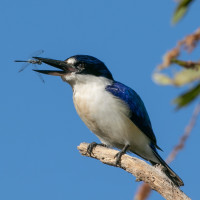
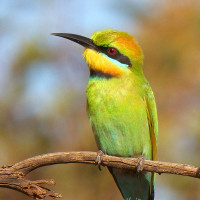
 via Wikimedia Commons.jpg)